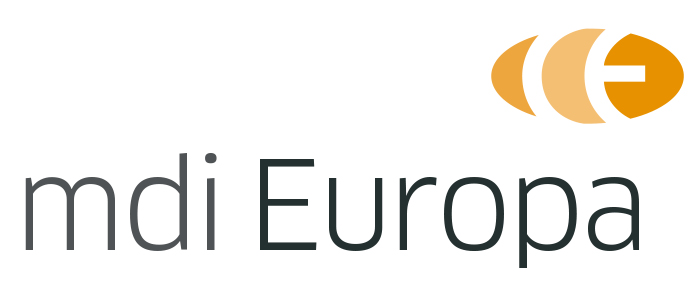The European Commission has given in and makes concessions to the industry. On October 14, 2021 the Commission issued the corresponding proposal for a partial delay of Regulation (EU) 2017/746 on in vitro diagnostic medical devices (IVDR). The proposal still has to be confirmed by European Council and Parliament. It is, however, broadly expected that it will be adopted.
The background for this partial delay was the often-complained lack of readiness of required infrastructure for the IVDR. A prominent and often discussed example is the low number of notified bodies under the IVDR – to date, only six organizations have been designated for the new regulation. Under the IVD Directive (IVDD), 18 notified bodies are listed. The number of manufacturers in need for a notified body would increase dramatically under the IVDR because – due to the change of the classification system – an estimated 80 to 90% of manufacturers would be subject to notified body certification whereas this is the case for only 10 to 20% under the IVDD.
First of all and most importantly, the Commission does not propose a delay of the IVDR. The regulation will still fully apply as of May 26, 2022
Given the fact that the European health institutions are and will be strained by the COVID-19 pandemic, the Commission apparently did not want to risk essential IVD medical devices to disappear from the market.
Key points of the proposal
Now the question is what exactly has been proposed? We have briefly summarized the most important points below.
- First of all and most importantly, the Commission does not propose a delay of the IVDR. The regulation will still fully apply as of May 26, 2022 and thus become the general legal framework for IVD medical devices.
- Depending on the IVDR risk class that would apply under the IVDR, extended transition periods may apply for devices that did not require notified body involvement under the IVDD and for which the declaration of conformity was drawn up before May 26, 2022:
- Class A sterile and class B devices may continue to be placed on the market or put into service under the IVDD until May 26, 2027.
- Class C devices may continue to be placed on the market or put into service under the IVDD until May 26, 2026.
- Class D devices may continue to be placed on the market or put into service under the IVDD until May 26, 2025.
- Class A devices not requiring notified body involvement under the IVDR will have to fully comply to the IVDR as of May 26, 2022.
- Manufacturers who may make use of the extended transition period must still comply to the IVDR requirements on PMS, vigilance, economic operator and device registration as of May 26, 2022.
- Manufacturers who may make use of the extended transition period may not implement any significant changes to the device design or intended purpose. This may be especially challenging for software devices.
- Manufacturers with notified body certificates issued under the IVDD may continue to place their products on the market under the IVDD until the certificate expires under the conditions referenced above.
- In addition, the Commission has proposed a deferred application of the requirements for devices manufactured and used within the same health institution, so called “in-house devices”.
Key aspects to consider
So what is the message that can be taken from this proposal? First and foremost, it is a proposal. As long as it is not adopted manufacturers should not fully rely on the proposed new dates. Also, the IVDR date of application would not change. There are still important aspects to be implemented even if the proposal will be accepted. Last, the IVDR remains a regulatory game changer with many challenges ahead. Manufacturers should not stop or pause their efforts to comply.
Source: European Commission





